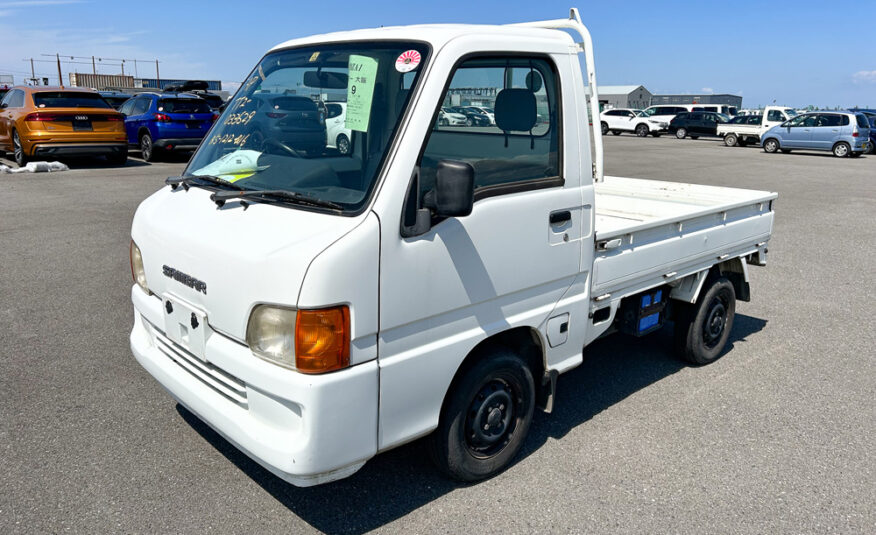Continue Driving: Essential Japanese Mini Truck Care Guidelines
Kei vans have carved out a special niche in the vehicle market, especially in the Japanese market, where their small dimensions and impressive versatility make them a preferred option among metropolitan inhabitants and local entrepreneurs. These small yet powerful vehicles are designed for better performance and usefulness, making them ideal for navigating busy roads or hauling items. However, like most vehicles, a kei truck requires routine care to keep it operating efficiently and to increase its longevity.
Servicing your kei truck is not just about making sure it operates efficiently; it is also about improving safety and efficiency. Whether you use your kei truck for work or leisure, being proactive with consistent monitoring and service can save you from costly repairs down the road. In the following parts, we will explore important strategies that will help you keep your kei truck in top condition, making sure it remains trustworthy and prepared for any obstacles ahead.
Routine Motor Maintenance
Keeping your kei truck in great working order starts with regular engine care. This involves regular checks of critical fluids such as engine oil, antifreeze, and transmission oil. Regularly replacing the oil and selecting the appropriate oil type is crucial for maintaining efficient operation and prolonging motor longevity. Refer to your owner's manual for suggested oil change intervals and follow them to prevent any potential problems.
An additional important aspect of engine maintenance is watching the air filter. A well-maintained air filter facilitates ideal airflow into the engine, which is essential for effective combustion and functionality. Check the air filter consistently and swap it as needed, especially if you regularly drive in dirty areas. This straightforward action can make a significant difference in fuel economy and engine performance.
In conclusion, keep an eye on your timing chain and accessory belts, as they have a crucial function in your engine's function. These belts can degrade or split over time, leading to major problems if not resolved in a timely manner. Adhere to the manufacturer's recommendations for inspection and service schedules to stay clear of unexpected stops. Maintaining these elements in check will help guarantee your kei truck runs reliably for years to come.
Tire Care and Change
Correct tire care is vital for enhancing the performance and safety of your compact truck. Consistently check your tire pressure, as low-pressure tires can cause increased degradation and reduced fuel economy. Use a dependable gauge to verify that your tires are filled to the suggested levels, usually found on a sticker on the door frame or in the manual. Don't neglect to examine for any visible damage such as cuts or swells, as these can jeopardize safety.
Rotating your tyres is another important maintenance task. Because your kei truck is lightweight, irregular wear can occur more quickly. Frequent rotation, typically around six months or 5,000 to 8,000 miles, helps prolong the life of your tires and ensures even traction on all four wheels. This method can also enhance your control and overall driving performance.
When it comes to the moment for tyre change, choose quality instead of cost. High-quality tyres not only last longer but also provide better grip and improved safety. Pay attention to tire tread degradation indicators; if the tread is worn down to these indicators, it’s the right time for a new set. Additionally, consider choosing tyres specifically designed for compact trucks to enhance performance based on your driving environment, whether that be city streets or country lanes.
Essential Fluid Checks
Frequently checking the fluids in your kei truck is essential for preserving its condition and ensuring peak performance. Begin with the engine oil, which oils the engine and avoids unnecessary wear. Be sure you check the oil level at least one time and change it every 5,000 kilometers or as prescribed by the manufacturer. A clean oil filter is also necessary, as it stops impurities out of your engine.
Next, pay mind to the coolant level. The cooling system controls the engine temperature, preventing overheating. Review the coolant reservoir to ensure it's filled to the proper level, especially before extended trips or during warm weather. If you detect any drips or if the coolant looks tainted, take your kei truck to a mechanic for complete inspection. Maintaining the right coolant level helps to avoid engine damage and promotes optimal performance.
Don't forget to examine the brake fluid and transmission fluid as well. Brake fluid is crucial for the correct functioning of your braking system. Inspect the level regularly, and make sure it is clear and free of impurities. Similarly, transmission fluid is important for efficient gear shifting. Verify the fluid is at the required level and look for for any signs of drips. Maintaining these fluids in proper levels will increase security and reliability, providing you peace of mind while driving your kei truck.
